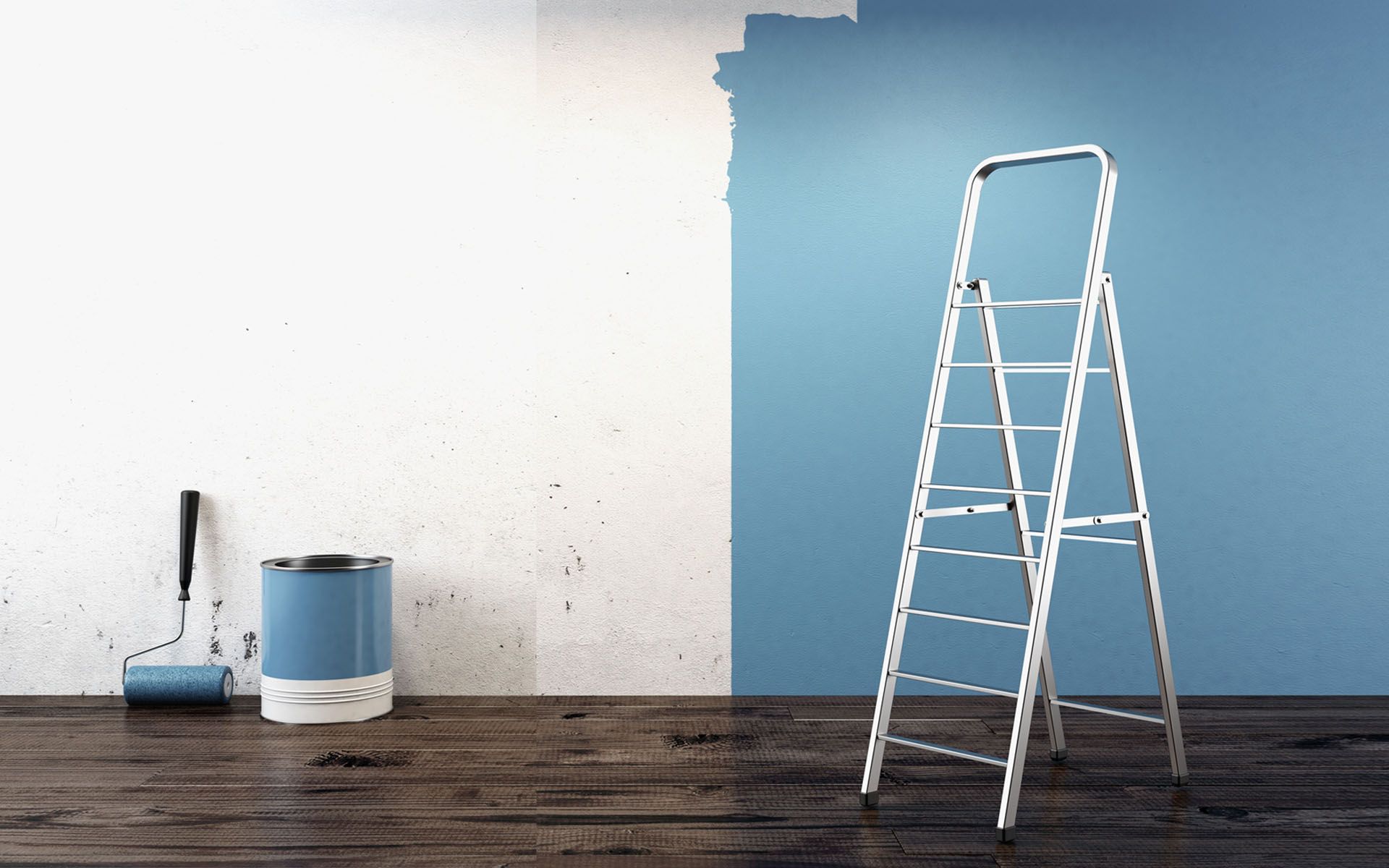Painting Different Surfaces
Stan's Paint Clinic Inc
How to Paint Different Types of Products: Automobile, House, and Deck
Painting is both an art and a science. Whether you're painting an automobile, house, or deck, the process involves careful preparation, the right tools, and suitable techniques for the material. Here’s a guide to painting each of these:
1. Automobile Painting
Tools and Materials:
- Automotive paint (base coat, clear coat)
- Sandpaper (grit ranging from 400 to 1500)
- Automotive primer
- Spray gun or spray cans
- Masking tape and plastic sheeting
- Polisher and rubbing compound
Steps:
1. Preparation:
- Wash the car thoroughly to remove dirt and grease.
- Sand the surface using 400-grit sandpaper to create a smooth base for the primer.
- Mask off areas that don’t need painting using tape and plastic sheeting.
2. Priming:
- Apply a coat of automotive primer using a spray gun. Allow it to dry completely.
- Wet sand the primer with 800-grit sandpaper to smooth out imperfections.
3. Painting:
- Apply the base coat in thin, even layers. Allow each layer to dry before applying the next.
- Follow with the clear coat to protect the paint and give it a glossy finish.
4. Polishing:
- After the paint has fully cured (24–48 hours), buff the surface with a polisher and rubbing compound for a professional finish.
2. House Painting
Tools and Materials:
- Exterior or interior paint
- Paint rollers, brushes, or a sprayer
- Primer (if necessary)
- Painter’s tape and drop cloths
- Ladder and safety gear
Steps:
1. Preparation:
- Clean the walls thoroughly to remove dirt, mildew, and old paint chips.
- Repair cracks or holes with spackling paste, and sand the surface smoothly.
- Mask off windows, trim, and other areas with painter’s tape.
2. Priming:
- Apply primer to surfaces that have never been painted or where old paint has been removed.
3. Painting:
- Use a roller for large surfaces and brushes for edges and corners.
- Apply paint in long, even strokes. For exteriors, work from top to bottom to prevent drips.
- Let the first coat dry completely before applying a second coat for better coverage.
4. Cleanup:
- Remove painter’s tape while the paint is still slightly wet to avoid peeling.
3. Deck Painting
Tools and Materials:
- Deck paint or stain
- Paintbrush, roller, or sprayer
- Deck cleaner and brightener
- Sandpaper or deck sanding tool
Steps:
1. Preparation:
- Clean the deck with a deck cleaner to remove dirt, mold, and old finishes.
- Sand the surface to remove splinters and create a smooth base.
2. Priming:
- If using paint (not stain), apply a primer designed for wood to ensure proper adhesion.
3. Painting/Staining:
- Use a brush for edges and tight spaces, and a roller or sprayer for larger areas.
- Apply paint or stain in the direction of the wood grain.
- Allow the first coat to dry before applying a second coat for even coverage.
4. Sealing (Optional):
- For added protection, apply a clear sealant over the paint or stain.
General Tips:
- Always check weather conditions. Avoid painting on rainy or extremely hot days.
- Wear appropriate safety gear, including masks and gloves.
- Allow sufficient drying and curing time for all types of paint.
Following these steps could help you achieve a professional finish, whether you’re painting a car, house, or deck!




Share On: